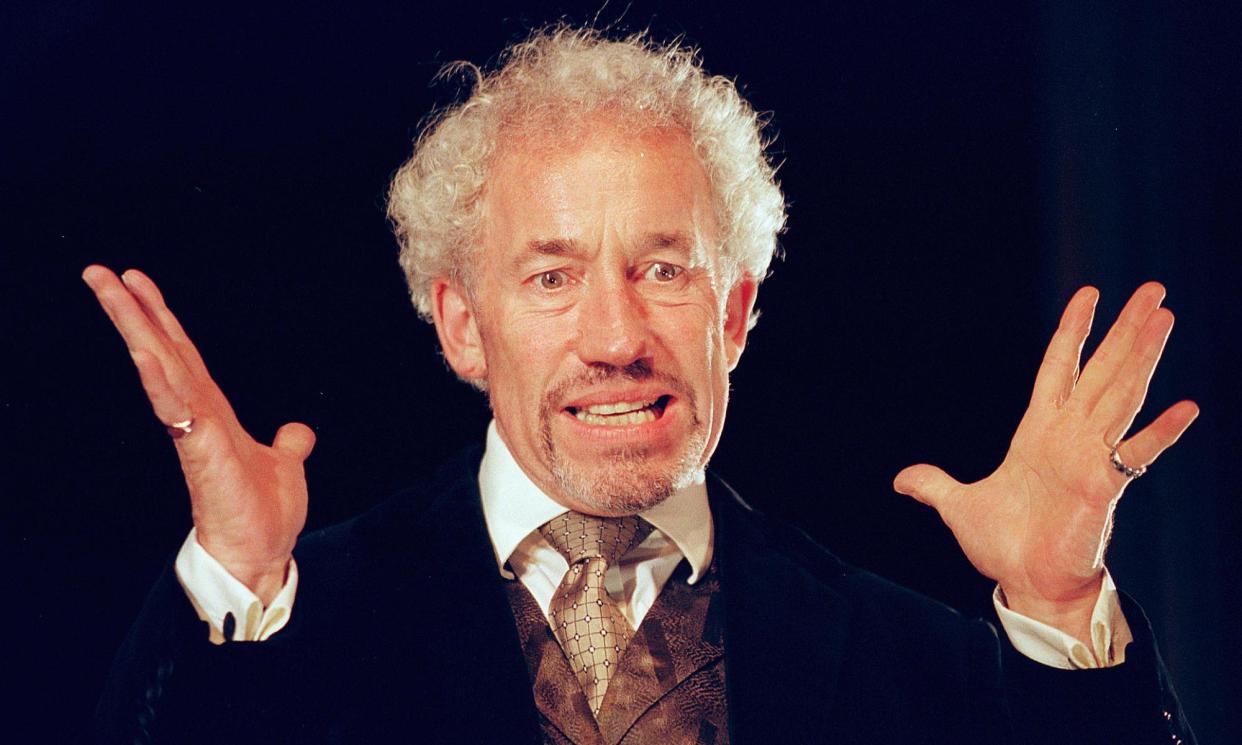Great expectations and a bleak house: the promise and perils of staging Dickens

Dickens and theatre are forever linked. The latest adaptation of his work is London Tide, based by Ben Power on Our Mutual Friend – with songs by himself and PJ Harvey – and opening at the National Theatre in April. Given that the novel depicts a London where money is the measure of all things and the Thames is pitifully polluted, it seems a timely venture.
But, keenly as I await it, I suspect it will raise all the old questions about the problems and pleasures of dramatising Dickens. What is extraordinary is the deluge of Dickens adaptations over the decades. In his own lifetime, pirated versions of the novels were rushed on to the stage even while they were still being serialised: one adapter, WT Moncrieff, even challenged Dickens to end Nicholas Nickleby “better than I have done”. I also have a cherished copy of a 1952 book, Dickens the Dramatist, which itemises all the stage versions of his books up to that point. The Pickwick Papers and Oliver Twist head the popularity list with more than 25 entries each: the former includes an Esperanto version played in Cambridge in 1907 and the latter, long before Lionel Bart’s Oliver!, yielded an 1891 operetta simply called Bumble.
Today you are as likely to find Dickens on film or TV as in the theatre, but there have been radical attempts to alter the way we stage the books. The most pioneering was Shared Experience’s four-part, 10-hour version of Bleak House in 1977. Under the direction of Mike Alfreds, the seven actors gave us the descriptions as well as the dialogue and mimed the necessary props.
That production was overshadowed in 1980 by the RSC’s celebrated two-part, eight-and-a-half-hour Nicholas Nickleby, adapted by David Edgar and co-directed by Trevor Nunn and John Caird, which became a hit in London and New York. Its techniques, however, were not dissimilar to those used by Shared Experience. Narration became part of the event and the actors’ bodies created atmosphere: the dismal London through which Ralph Nickleby finally flees was evoked by the cast standing in fixed positions with their backs rigidly turned.
Since Nickleby, great stress has been laid on the darker, Dostoevskian aspects of Dickens, as in David Farr’s version of Great Expectations (2003). That same novel was staged in 2005 by Declan Donnellan and Nick Ormerod with different actors voicing Pip’s first-person narrative in a way that was distinctly Brechtian.
We have come a long way from the scissors-and-paste cut-ups of earlier adaptations. Attempts are now made to give us the texture of the prose as well as the vividness of character and incident. Dramatists are also as likely to invoke Kafka in staging Dickens as the author himself was to mention the New Testament: you get hints of both in Jack Thorne’s outstanding Old Vic version of A Christmas Carol. And yet, while nothing will ever halt the ceaseless flood of Dickens dramatisations, I still harbour a few aesthetic doubts.
Jonathan Miller in the book Subsequent Performances makes the point that fictional characters are “made out of the same material as the novels in which they occur” and cannot be liberated from them: to do so, as Miller wittily says, gives the characters an “impudent visibility”. You could argue that Phiz’s illustrations to Dickens’s novels did exactly that, but I know what Miller means. Indeed, the more successful an adaptation is, the more it interferes with the transaction between the reader and the writer: returning to Oliver Twist a few years ago, I found images from the David Lean film constantly came between me and the text.
In the case of Dickens, I would also argue that no adaptation can ever capture the surreal quality of his imagination. In The Pickwick Papers, a timorous card-player is said to have felt as much out of his element as “a dolphin in a sentry-box”. Miller in his book cites the example of Mr Wemmick in Great Expectations, who has a mouth like a letter-box into which he posts his food as opposed to eating it. In A Christmas Carol, Scrooge sees in a door-knocker Marley’s face, which had a dismal light about it “like a bad lobster in a dark cellar”. Those images are to me testaments to Dickens’s genius.
I recognise that stage versions of Dickens will go on for ever but, if I am honest, I have got even more pleasure from one-person shows. Simon Callow, a great Dickensian, did a superb rendering of two monologues, Dr Marigold and Mr Chops, which brought out the social criticism and comic grotesquerie of the two stories. Miriam Margolyes folded into her portrayal of Dickens’s Women, with its vivid portrayal of 20 or more characters, her own views on his questionable private behaviour. As an adolescent, I was also captivated by seeing Emlyn Williams do his readings from Dickens which, in the style of the author himself, was a feat of incredible theatrical virtuosity. Enjoyable as adaptations can be, paradoxically it is the solo performer who often brings out best the multiplicity of Dickens.
London Tide is at the National Theatre, London, 10 April-22 June


